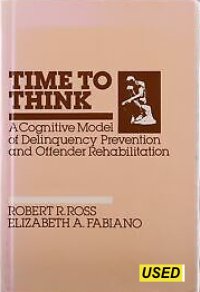S. R. Slavson
FROM THE COVER: Here is a personal account of the wise ways used to restore maladjusted children to normal lives. Some years ago, the author was called to an institution for disturbed children to end a riot that had been raging for six weeks. How he succeeded and effected a gradual change both on the part of the children and of the adults in charge is the heartening story Dr. Slavson tells. A stirring narrative, the book is also a clear exposition of the use of group techniques, the tools of social casework, and modern psychiatric theory. It will serve as a guide to experts in the field and to the intelligent layman concerned with understanding disturbed children.
COLLIER BOOKS. NEW YORK, N. Y. 1954. 252p.








